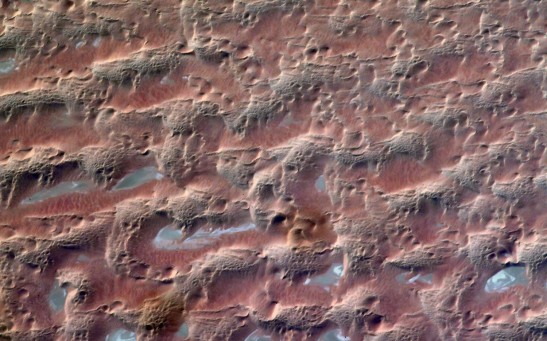dunes
Scientists Discover Frozen Methane Dunes on Pluto
Rosetta Mission Update: Dunes Found On Comet 67P/Chury Hint At Presence Of Wind And Grains
Saturn’s Titan Was Likely Sculpted by Rogue Winds Gusting on the Moon
Most Popular

How Technology Is Changing the Real Estate Industry?

Study Reveals High Turnover in Scientific Research Careers: What This Means for Future Scientists

How a Plant-Based Diet Can Protect Against Breast Cancer: Insights from Nutrition Research

Why It's So Difficult to Lose Weight: The Biological Explanation Behind Obesity






